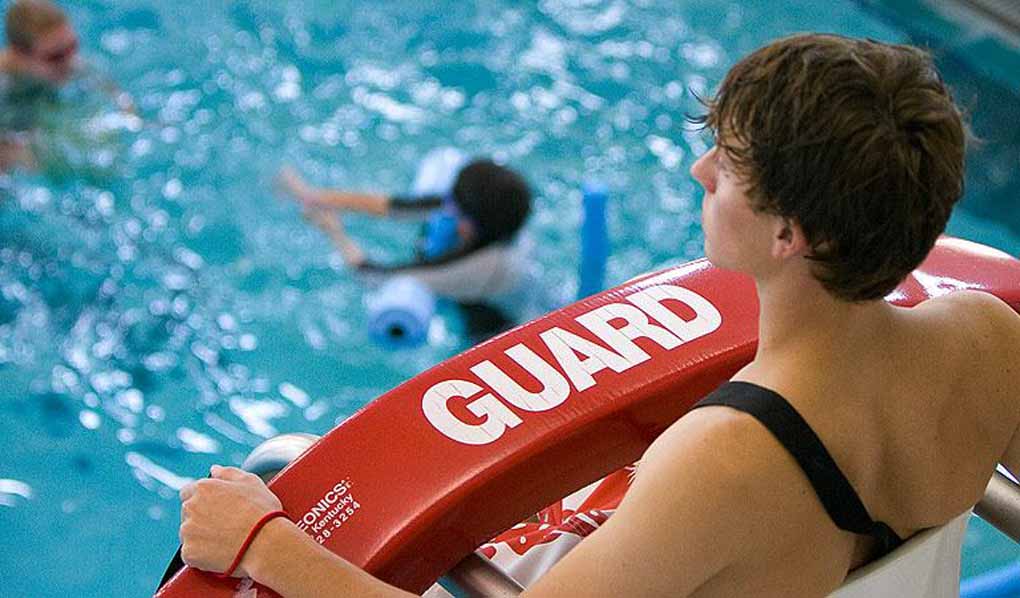Different Types of Lifeguards: Training and Certification Requirements
Lifeguards play a crucial role in ensuring the safety of people who swim in pools, beaches, and other bodies of water. They are trained to respond to emergencies and to prevent accidents from happening in the first place.
Related Posts
However, not all lifeguards are the same. There are several types of lifeguards with different roles and responsibilities. In this article, we will discuss the various types of lifeguards, their training requirements, and their roles.
Table of Contents
Types of Lifeguards
Pool Lifeguards:
Pool lifeguards are responsible for ensuring the safety of people who swim in swimming pools. They are usually employed by private and public swimming pools. Their main responsibilities include observing swimmers, recognizing and responding to emergencies, and providing first aid if necessary. They also enforce pool rules and regulations to ensure that everyone is safe.
Beach Lifeguards:
Beach lifeguards are responsible for ensuring the safety of people who swim in the ocean, lakes, and other bodies of water. They are usually employed by public beaches and state parks. Their main responsibilities include observing swimmers, recognizing and responding to emergencies, and providing first aid if necessary. They also enforce beach rules and regulations to ensure that everyone is safe.
Waterpark Lifeguards:
Waterpark lifeguards are responsible for ensuring the safety of people who use waterpark attractions, such as water slides and wave pools. They are usually employed by private waterparks.
Their main responsibilities include observing guests, recognizing and responding to emergencies, and providing first aid if necessary. They also enforce waterpark rules and regulations to ensure that everyone is safe.
Emergency Lifeguards:
Emergency lifeguards are trained to respond to emergencies in bodies of water, such as lakes and rivers, where there are no designated lifeguards. They are usually employed by emergency services, such as fire departments and police departments.
Their main responsibilities include responding to emergencies, providing first aid, and assisting in search and rescue operations.
Training Requirements:
To become a lifeguard, one must undergo lifeguard training and lifeguard certification. Lifeguard training is provided by the American Lifeguard Association which is an organization that specialize in aquatic safety. Lifeguard training typically includes both classroom instruction and hands-on training in rescue techniques, first aid, and CPR.
Lifeguard certification is required to work as a lifeguard in most states. To obtain lifeguard certification, one must pass a lifeguard certification course that includes written and practical exams. The course covers topics such as water safety, rescue techniques, first aid, and CPR.
Lifeguard classes are usually offered at local community centers, and other facilities that have swimming pools. Some employers may also offer lifeguard classes as part of their employee training programs.
In addition to lifeguard training, lifeguards must also undergo lifeguard recertification every two years to maintain their certification.

Lifeguard Recertification:
Lifeguard recertification is required every two years to maintain lifeguard certification. Lifeguard recertification courses are shorter than the initial the certification course and usually focus on updating lifeguards on new rescue techniques and changes in first aid and CPR procedures.
The American Lifeguard Association offers lifeguard recertification courses that can be completed online or in-person. The online course includes both online modules and an in-person skills test. The in-person course includes a review of lifeguarding skills and a skills test.
Benefits of Lifeguard Recertification
Lifeguarding is a crucial responsibility that requires proper training, preparation, and knowledge to ensure the safety of swimmers. Lifeguard recertification offers several benefits to lifeguards, organizations, and swimmers.
By attending recertification courses, lifeguards can update their skills, learn new techniques, and refresh their knowledge on first aid and CPR procedures. These courses help lifeguards stay updated with the latest standards, regulations, and best practices to ensure the safety and well-being of swimmers.
Importance of Choosing a Reputable Lifeguard Recertification Provider:
Choosing a reputable and accredited lifeguard recertification provider is essential for ensuring high-quality training and certification. Reputable providers offer standardized courses that adhere to the latest regulations, standards, and best practices for lifeguarding.
They also provide experienced instructors who have extensive knowledge and expertise in lifeguarding and can deliver the course material effectively.
Conclusion:
Lifeguards play an important role in ensuring the safety of people who swim in pools, beaches, and other bodies of water. There are several types of lifeguards, each with different roles and responsibilities. To become a lifeguard, one must undergo lifeguard training and lifeguard certification.
Lifeguard recertification is required every two years to maintain lifeguard certification, and lifeguards must stay up-to-date with new rescue techniques and changes in first aid and CPR procedures. The American Lifeguard Association offers lifeguard recertification courses that can be completed online or in-person.
Overall, lifeguarding is an important job that requires a significant amount of training and certification. Different types of lifeguards have different responsibilities, but all lifeguards must be prepared to recognize and respond to emergencies quickly and effectively.
If you’re interested in becoming a lifeguard, be sure to research the training and certification requirements in your area or contact the American Lifeguard Association for lifeguard training courses.